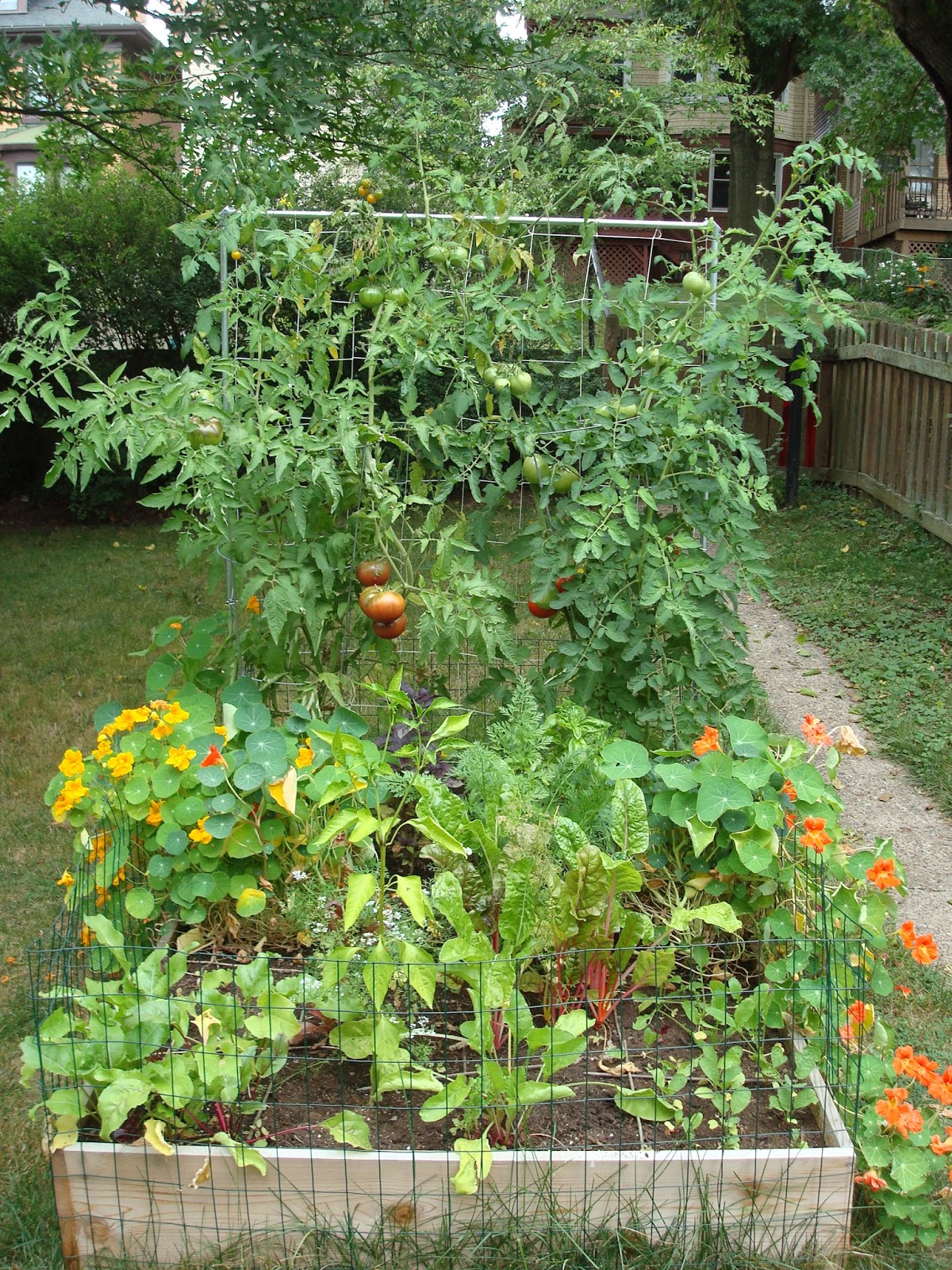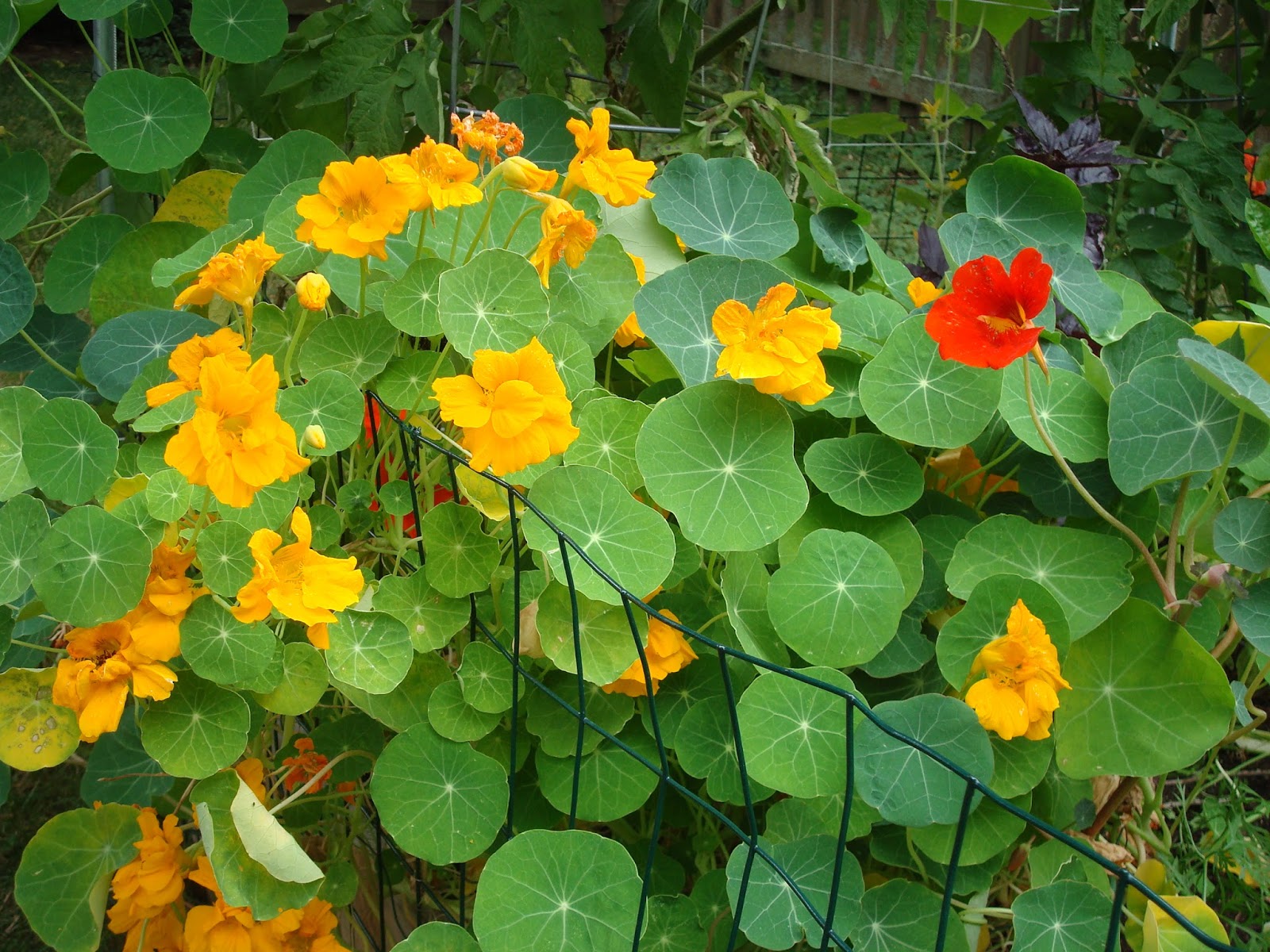The backyard needed a vegetable garden, but we weren't interested in cultivating our rock-hard clay soil. So on a warm day at the end of April, we bought lumber and supplies to build a 4'x6'x1'raised bed. We figured that buying the lumber and building the box ourselves would be cheaper than purchasing a kit (and we were right: total cost = ~$90). Plus, we could get the 12" depth necessary for tall veggies like carrots and helpful for avoiding growing into polluted Pittsburgh soil. With lumber from the Allegheny Millwork here in Pittsburgh and some
galvanized deck screws, we constructed the bed in the backyard:
Next we spread newspaper on the bottom of the box to smother out grass and weeds:
All that was easy; the real challenge was the soil, all 22 cubit feet of it!
The bed was filled with a mixture of vermiculite, a little bit of high-quality top soil, and three kinds of compost (cow manure, leaf mold, and mushroom soil). Then it was all stirred up and raked smooth:
Little by little I've been planting spring seeds--French breakfast and Easter egg radishes; several kinds of lettuce; Japanese mustard greens; Chioggia beets; and basil and tomato transplants. Along the north end I constructed a 6' tall trellis out of electrical conduit pipes and rebar, following the directions from
Square Foot Gardening. (It's quite easy if you have someone at the hardware store cut the pipes for you.) Screw the corners together with elbow joints, attach some nylon netting, and your vegetables are ready to climb. Later in the summer (hopefully!) the lemon and Japanese cucumbers will scale that thing.
And here we are today, in mid-June:





















